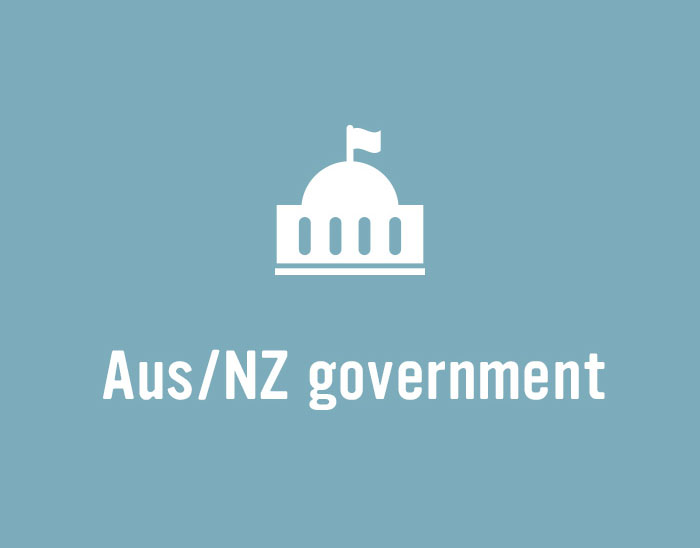
News

The Australian Office of Financial Management (AOFM) has provided an update on how its Structured Finance Support Fund (SFSF) will invest. The 9 April announcement describes a broad allocation strategy, including helping to clear an “overhang developing in the secondary market” and working with the Australian Securitisation Forum (ASF) to support securitisation trusts affected by missed interest payments.

New Zealand Debt Management (NZDM) faces a mountain of issuance in the coming months despite a NZ$3.5 billion (US$2.1 billion) May 2031 syndicated transaction printed on 7 April. The sovereign debt-management agency spoke to KangaNews about its strategy in the wake of the new transaction.

The Australian semi-government sector is undertaking a flurry of issuance in syndicated and privately placed format, as borrowers seek to stay ahead of growing funding tasks. Deal sources say the market is functional but challenging, as issuers try to overcome substantial sovereign supply and an evolving central bank buying programme.

International Finance Corporation (IFC)’s latest Kangaroo social bond leverages increased recognition of the product’s utility in the COVID-19 crisis, the issuer states. It is the first new green, social and sustainability bond line established in the Australian dollar market this year.

Fitch Ratings (Fitch) downgraded the long-term issuer default ratings of the Australian major banks and their New Zealand subsidiaries on 7 April, to A+ from AA-, and kept all four on negative outlook. The decision reflects the expected effect on core markets and bank operations of measures being implemented by governments to limit the spread of COVID-19.

The Reserve Bank of New Zealand (RBNZ) now says it will expand its large-scale asset purchase (LSAP) programme to include NZ$3 billion (US$1.8 billion) of New Zealand Local Government Funding Agency (LGFA) debt. The 7 March announcement comes just a day after the reserve bank said it would make “small scale” purchases of LGFA bonds alongside rather than as part of the LSAP.

Transurban’s euro transaction on 1 April marked the first time an Australian corporate has waded into public debt capital markets since the onset of the COVID-19 crisis. Deal sources say offshore liquidity has been strong but it took an issuer familiar to the market to take advantage.

New South Wales Treasury Corporation (TCorp) printed the first benchmark transaction in the Australian public market since the coronavirus pandemic escalated. Deal sources say investor engagement was critical for price discovery in a dislocated and volatile environment.

Moody’s Investors Service has changed its outlook on the Australian banking system to negative. The rating agency says the move is based on the expectation that the banks’ operating environment, capital positions and loan quality will be materially weaker when Australia starts to emerge from the COVID-19 crisis.

Judo Bank is the recipient of the first tranche from the Australian Office of Financial Management’s Australian Business Securitisation Fund, the AOFM revealed on 2 April. Judo will also receive support from the structured finance support fund. The immediate future of the ABSF is unclear, however, as the AOFM has also suggested that proposals for ABSF support may be rolled into the SFSF.

The Reserve Bank of New Zealand (RBNZ) has added a term-lending facility (TLF) for banks to its suite of COVID-19 relief measures. It has also restricted banks from redeeming capital instruments that are not common-equity tier-one (CET1).

